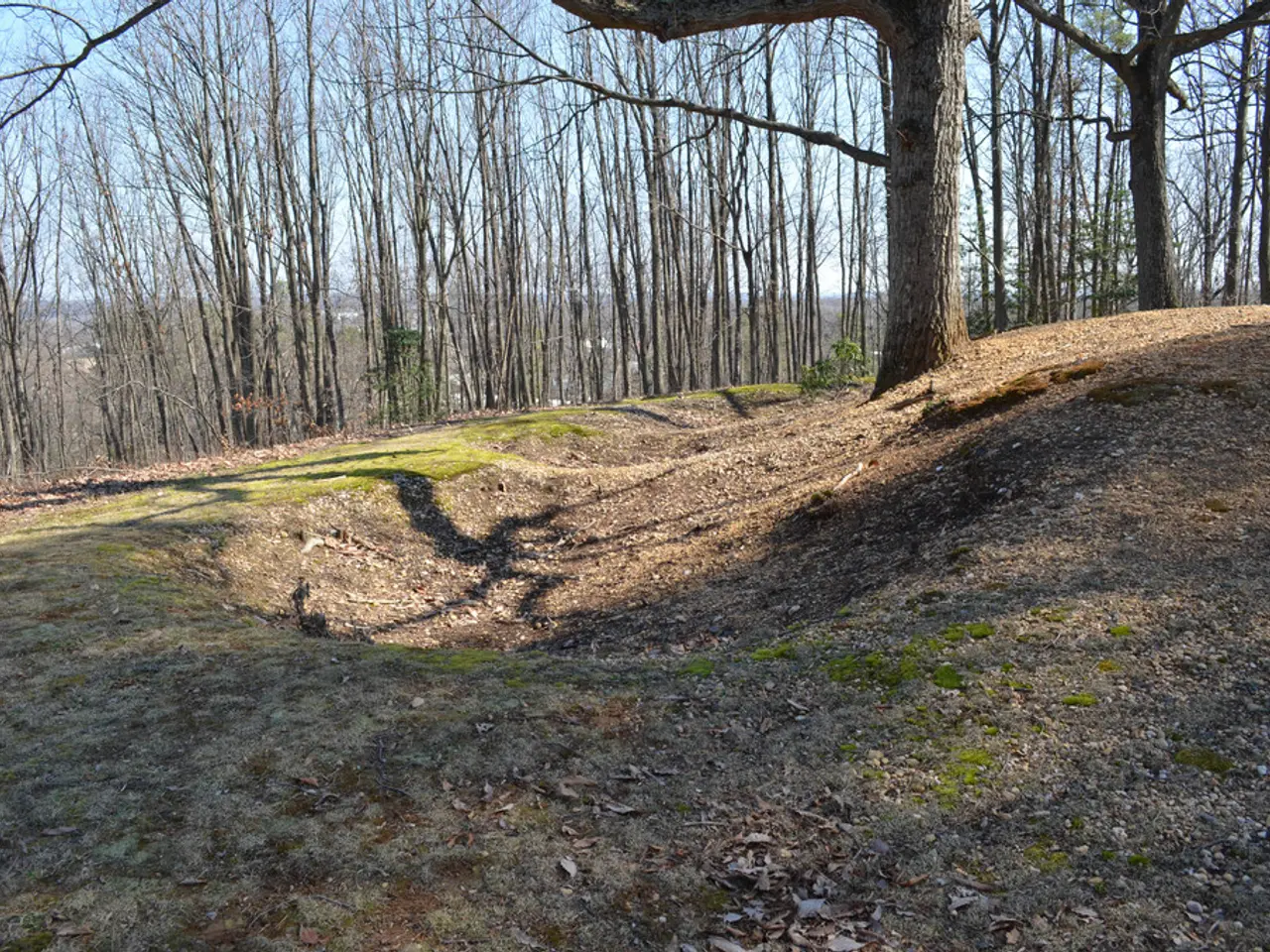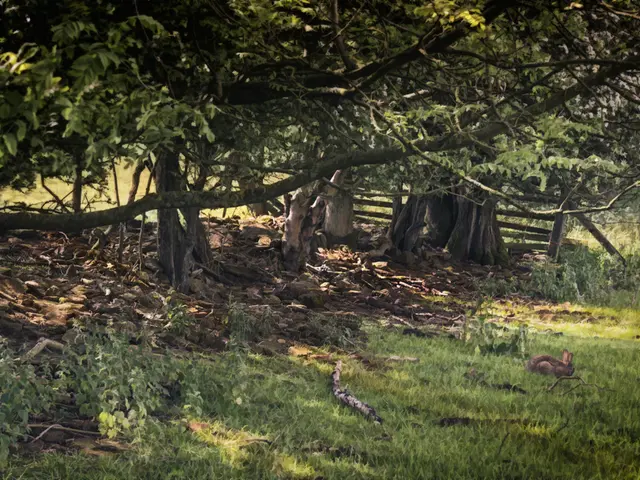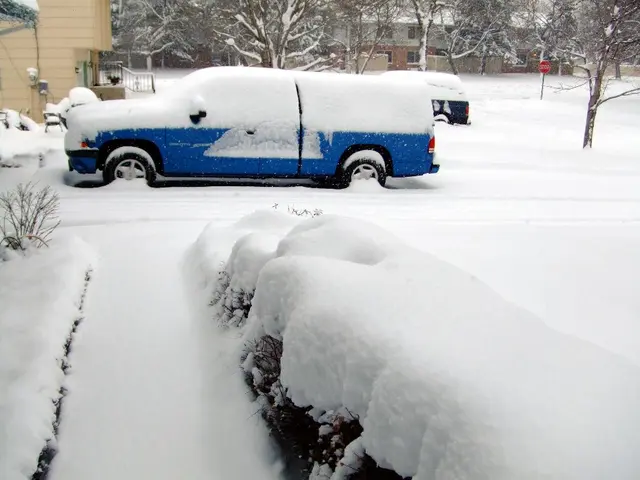Selecting Optimal Soil for Sod Lawn Installation
Fresh Take on Laying a Lush Lawn: The Ultimate Guide to Sod Installation
Welcome to your step-by-step guide on laying a fabulous lawn using sod! Don't fret if you're a DIY enthusiast; this project is well within your reach. Before diving in, it's vital to set the groundwork for a vibrant, thriving lawn. Let's get started!
Getting Your Dirt on
Eliminate the Competition:
Prepare the battlefield for your new sod by eradicating existing grass, weeds, or unwanted vegetation. A glyphosate-based herbicide will do the job nicely, ensuring that pesky roots are no longer a hurdle for your new grass. Remember to wear safety gear and follow the manufacturer's instructions.
Preparing the Playing Field:
Now that the competition is out of the way, it's time to till the soil with a shovel or a rototiller, breaking up any hardened areas and making it easier for your sod's roots to penetrate and thrive. Loose soil also retains moisture better, requiring less frequent watering.
Smooth Sailin':
With the soil tilled, use a metal rake to level and smooth it as best as you can. Remove any air pockets, rocks, or debris as these can hinder growth.
Sod Thickness Matters:
Inquire about the thickness of your sod from your supplier and adjust the soil level accordingly. Ideally, the lawn should be flush with any pavement, such as driveways or patios, to ensure proper water drainage.
Top It Off:
If needed, spread a layer of topsoil or compost to improve the soil's quality or change its grade. Mix it in with a rototiller if possible.
Feed the Beast:
Apply a starter fertilizer to the fresh soil, following the instructions on the package for a balanced nutrient boost.
Extra Tips:
- Compact the soil with a roller slightly before sod installation for a smooth, even surface.
- Test your soil's pH to ensure its nutrient balance is optimal for grass growth. Adjust the pH as necessary.
- Consult the suppliers for any specific lawn care needs based on the type of sod you choose.
With these tips, you'll be well on your way to having a flourishing green sprawl! Happy sodding!
How to Liberate Your Plant Soil from Unwanted Guests: A guide for Gnat Eradication
Beyond Laying Sod:
- After tilling, compact the soil slightly to create a flat, even lawn and prevent lumps or bumps.
- Properly preparing the soil before laying sod helps prevent future compaction issues.
- Lower the elevation of lawn areas so the sod sits slightly below surrounding paved surfaces, encouraging good water drainage.
[1] Miller, J. (2019, June 20). Laying Sod: A Beginner's Guide. The Spruce. https://www.thespruce.com/laying-sod-1411167[2] Evans, M. (2019, February 15). How to Install Sod Without Kneeling on the Sod. HomeGuide. https://homeguides.sfgate.com/install-sod-kneeling-sod-34630.html[3] Brown, S. (2019, June 17). How to Prepare the Soil Before Laying Sod. Hunker. https://www.hunker.com/13393159/how-to-prepare-the-soil-before-laying-sod[4] (2021, February 24). How to Prepare Soil for Sod (Step by Step Guide). Landscaping Network. https://www.landscapingnetwork.com/lawn-care/how-to-prepare-soil-for-sod/11861/[5] (2020, June 12). How to Lay Sod in 12 Easy Steps. Finegardening.com. https://www.finegardening.com/how-to-lay-sod-in-12-easy-steps
After tilling the soil, compact it slightly to create a flat, even lawn, helpful in preventing lumps or bumps and providing a good base for your home-and-garden endeavors, like gardening. Properly preparing the soil before laying sod helps prevent future compaction issues, ensuring a healthy and thriving home-and-garden lifestyle.






